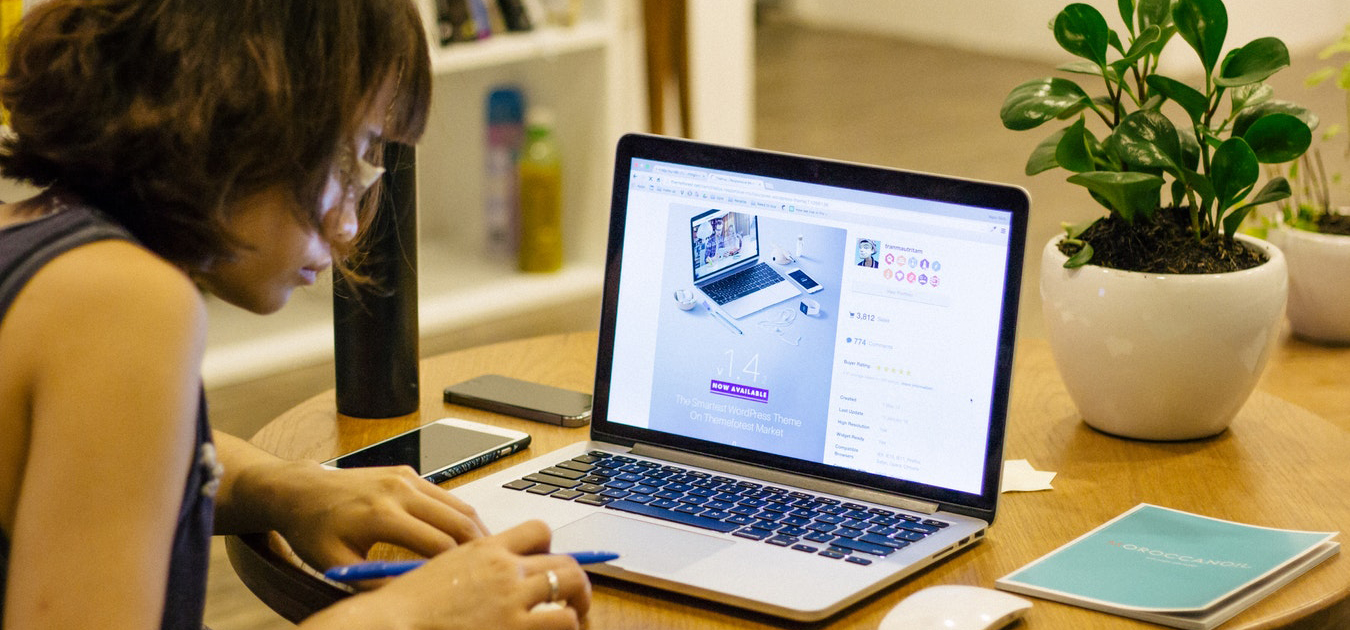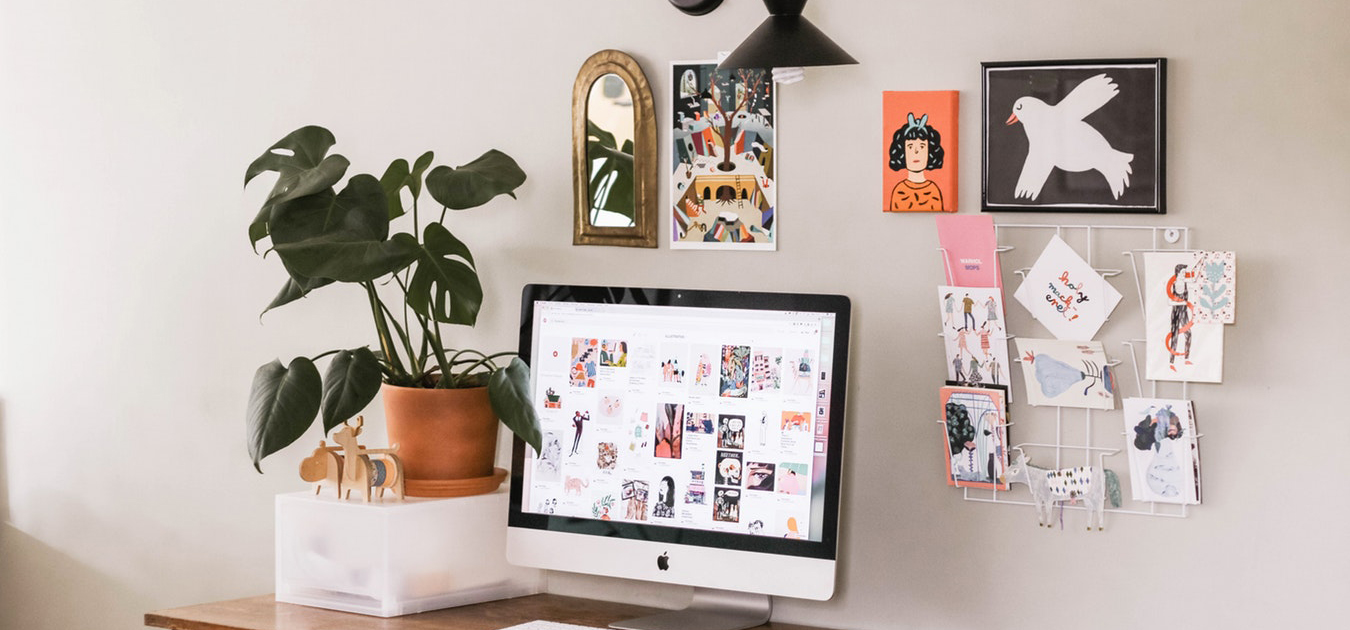How to create a study environment at home

1. Find a suitable study area
You should pick somewhere that is least likely to cause your children distractions. For instance, the room should be nowhere near where the rest of your family or their siblings are. They should not be able to hear the TV going while they work. On top of that, the space should not have things like a TV in it in the first place, in case they are tempted to switch it on.

2. Get plenty of study supplies
Nothing makes a child more excited about working than an impressive array of stationery. It transforms something bleak and boring into something creative and crafty. Make sure you have got one of everything, lots of colours and plenty of stickers to help them make their work something they’re proud of and something they remember when it comes to tests or exams.
You should also organise the stationery by installing hanging shelves or some other design elements. Desk decor and organisation are crucial in boosting productivity and feeling inspired to do good work.

3. Invest in a comfortable chair
A child’s physical well-being is critical. If you consider how many adults suffer from back issues as a result of their seating in the workplace, then imagine the damage it would cause to a child from so young. Make sure you go all out when choosing their chair, because discomfort not only leads to unproductive behaviour, but also health problems. This may involve putting a comfortable, supportive cushion on it. A high quality chair is one of the most important elements of a good working space.

4. Include natural light
Having natural light filtering into the room makes the entire experience more enjoyable. If your child is particularly busy with homework, then you need to compensate for the fact that they won’t be spending a lot of time outside. Feeling positive and open to learning are direct results of the light. They feel less like you are locked away being forced to study, and readier to absorb information. It can be inspiring as well as genuinely better for your health.

5. Get a monthly planner
Chloe Bennet, educator from academic service Essay Roo, suggests that a monthly planner is a big, useful way of tracking your child’s activity, goals and tasks. Once these things are mapped out, grid-like, in front of them, they are more inclined to do them. Children are used to structure at school, so it translates well at home. They are also less likely to forget about something important, and can’t blame you if something gets missed! Children are particularly fond of ticking things off their list, so why not make a game of it? Add stars and stickers to it if they respond well to that.

6. Have water and snacks
Having snacks and water readily available is particularly helpful, because it stops your kids going to and from the kitchen when hungry. In general, regular snacking gives them more energy and motivation, and you can begin using little snacks as a way of motivating them onto the next task. Keep them in a drawer and make sure they are healthy things that enhance brain activity, like bananas or nuts. Overly sugared children are the least productive, after all.

7. Keep track of time
You need to have some sort of time-keeping mechanism in the room so that they can block out their time and you can check up on them to make sure they are keeping to a schedule. This is not to put unnecessary pressure on them, but rather to get them into the habit of knowing how long something ought to take so that they can continuously improve and challenge themselves. It’ll help you, as a parent, learn how your kids learn, too.

8. Decorate the study space
While all the practical elements discussed are very important, arguably the most effective method of making a work environment at home enjoyable for your child is personalising it. Get them involved. Put up their pictures on the walls, or little framed inspirational poems to make them smile and keep them in a working mood. No matter how many pens and clocks you have, a touch of something lovely, like some fresh flowers or a lamp, can make the most difference in the end. There are so many easy DIY home decor ideas that would be perfect for your child’s workspace.

There you have it – some simple ways to transform your home into a place that your children can do their homework as efficiently as they do at school, as well as a place where productivity is fostered and academic results are improved. The more your child feels like the space is designed for them, the better they will behave. Hopefully, these techniques transform a drab room into the home of the next A+!
Find a local interior designer
Further reading:
How to prepare for a long road trip
4 DIY storage ideas for your bathroom
Australia's 11 most popular interior paint colours | 2019 guide
6 home decor tips for anyone on a budget